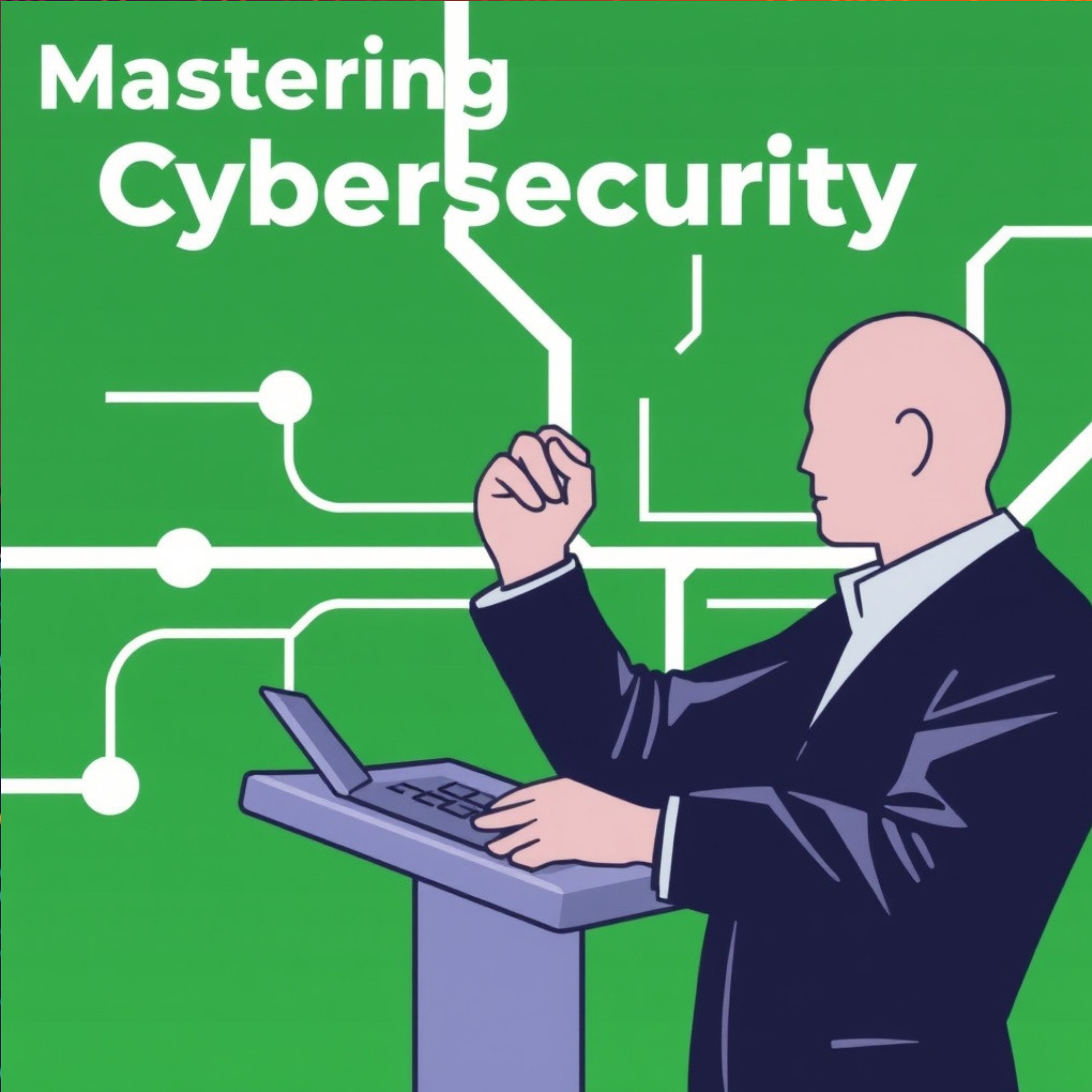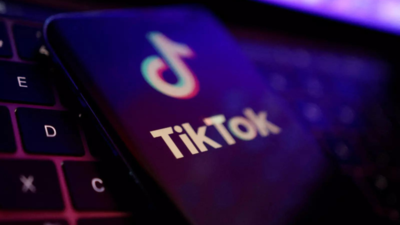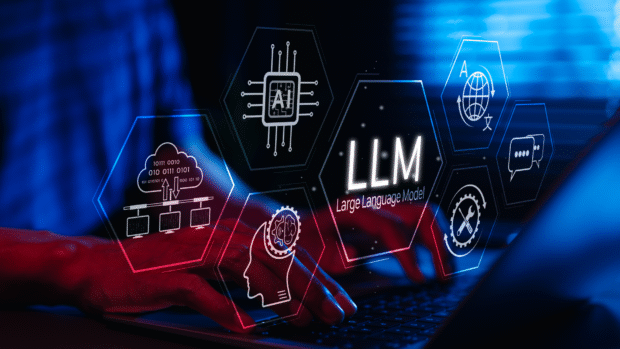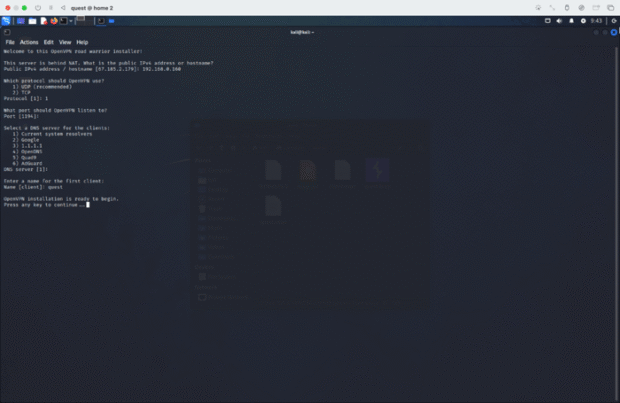
Achieving a state of flow—a state where you’re fully immersed, focused, and performing at your best—can greatly enhance your cybersecurity learning experience. Here’s a guide to help you get into and maintain the flow state:
1. Set Clear and Specific Goals
Flow requires clear objectives to guide your focus.
- Tip: Break your learning into specific, achievable tasks. Instead of “learn network security,” try:
- “Understand how firewalls filter traffic in 2 hours.”
- “Complete an Nmap network scan on my local machine.”
- Write down the goal at the start of each session to remind yourself of what you’re trying to achieve.
2. Balance Challenge with Skill Level
Flow occurs when a task is challenging enough to stretch you but not so hard that it causes frustration.
- Tip:
- Start with tasks slightly above your comfort zone. For example, if you understand basic scripting, try automating a network scan.
- Gradually increase difficulty as you build confidence. For example, move from scanning to analyzing vulnerabilities.
- If a task feels overwhelming, break it into smaller parts.
3. Eliminate Distractions
Distractions interrupt focus and break flow. Create an environment conducive to deep learning.
- Tips:
- Turn off notifications on your phone, computer, and email. Use Focus Modes or apps like Forest or Freedom to block distractions.
- Use noise-canceling headphones and listen to instrumental music or ambient sounds (e.g., rain, white noise).
- Choose a dedicated workspace free from clutter and interruptions.
4. Use the Pomodoro Technique (Structured Focus)
Structured time blocks keep your mind fresh and help sustain focus.
- How It Works:
- Work for 25-30 minutes on one specific task.
- Take a 5-minute break. Stretch, walk, or grab water.
- After 4 cycles, take a longer 15-30 minute break.
- This technique helps maintain focus and prevents burnout.
5. Immerse Yourself Deeply in the Task
Engagement and immersion fuel the flow state.
- Tips:
- Approach tasks as if you’re solving a mystery. For example, during malware analysis, ask: “How does this malware behave?” or “How do I stop it?”
- Practice hands-on exercises where you actively apply what you’re learning. Tools like TryHackMe, Hack The Box, or real-world scenarios can pull you into deep focus.
- Minimize multitasking—focus on one cybersecurity topic or task at a time.
6. Create a Pre-Learning Ritual
Rituals help signal to your brain that it’s time to focus and work deeply.
- Tips:
- Start with 5 minutes of deep breathing or mindfulness to calm your mind.
- Review your goals for the session to set intention and purpose.
- Prepare all tools, software, and materials beforehand (e.g., open Wireshark, set up virtual machines).
- Have a glass of water or tea nearby to avoid getting up during your session.
7. Build Your Energy and Mental Stamina
Flow requires mental clarity and energy.
- Tips:
- Get enough sleep to keep your brain sharp and focused.
- Eat brain-boosting snacks before learning (e.g., nuts, fruits, or dark chocolate). Avoid heavy meals that cause sluggishness.
- Take short physical activity breaks (like a 2-minute stretch) to reset your focus and energy.
8. Use Visual and Kinesthetic Tools
Engage your senses to stay focused and enhance understanding.
- Tips:
- Use visual tools like mind maps or flowcharts to organize concepts like attack lifecycles or encryption processes.
- Work on hands-on labs to immerse yourself fully in tasks like penetration testing or incident response.
- Write out processes or draw diagrams to reinforce concepts through active learning.
9. Embrace Deep Curiosity
Approach cybersecurity with a detective mindset. The more curious you are, the more engaged and focused you’ll be.
- Tips:
- Ask “Why?” or “How?” when learning a concept. For example:
- “How does ransomware encrypt files?”
- “Why is DNS a common target for attacks?”
- Dive into real-world case studies to make learning more engaging. Study famous breaches like WannaCry or SolarWinds and explore how they happened.
- Challenge yourself with open-ended questions or new tools.
- Ask “Why?” or “How?” when learning a concept. For example:
10. Reflect and Reward Progress
Ending with reflection strengthens your learning and keeps you motivated.
- Tips:
- At the end of each session, spend 5 minutes reflecting:
- “What did I learn today?”
- “What challenged me?”
- “What can I improve next time?”
- Track your progress visually (e.g., checklists, milestones) to see how far you’ve come.
- Reward yourself after achieving goals—a short break, favorite music, or a healthy snack.
- At the end of each session, spend 5 minutes reflecting:
Putting It All Together: Sample Flow Session
- Pre-Session (5 min):
- Breathe deeply, review today’s goal, and set up your tools.
- Focused Work (25-30 min):
- Work deeply on a task like analyzing network logs or testing a password-cracking tool.
- Short Break (5 min):
- Stretch or do something relaxing to reset.
- Repeat Focused Work + Break (4 cycles).
- Reflect (5 min):
- Write down what you learned, what you found challenging, and next steps.
- Reward:
- Take a longer break or reward yourself with something enjoyable.
Key Takeaway
To achieve flow in cybersecurity learning:
- Set clear, achievable goals.
- Minimize distractions and maintain structured focus.
- Immerse yourself through hands-on tasks and deep curiosity.
- Build stamina, reflect, and celebrate progress.
By consistently applying these strategies, you’ll find yourself entering the flow state more often and mastering cybersecurity concepts effectively.
Key Tools to Enhance Flow in Cybersecurity
- Learning Platforms
- Distraction Management Tools
- Cybersecurity Labs
Maintaining the Flow State
Achieving flow is one thing; maintaining it requires discipline:
- Celebrate milestones: Completing a task like configuring a secure server can be motivating.
- Reflect: At the end of each session, note what you’ve learned and areas for improvement.
Why Flow is Vital in Cybersecurity
Flow not only improves your focus but also enhances creativity—essential for problem-solving in cybersecurity. It allows you to dive deep into challenging tasks like reverse engineering or crafting defensive strategies against threats.
Conclusion
Achieving a flow state while learning cybersecurity can transform your study sessions into highly productive and enjoyable experiences. By setting clear goals, minimizing distractions, and maintaining curiosity, you can unlock your full potential in this dynamic field.
Are you ready to experience the magic of flow in cybersecurity? Start applying these tips today!
#TrendingNow #InspirationDaily #ExploreMore #LifestyleTips #InTheNews #DigitalAge #Insights #Innovation #BehindTheScenes #WorldView #Digital #forensic #postyhive #Cybersecurity #FlowState #CyberLearning #TechFocus #SkillBuilding
Read more on our more trending special page












Be the first to leave a comment